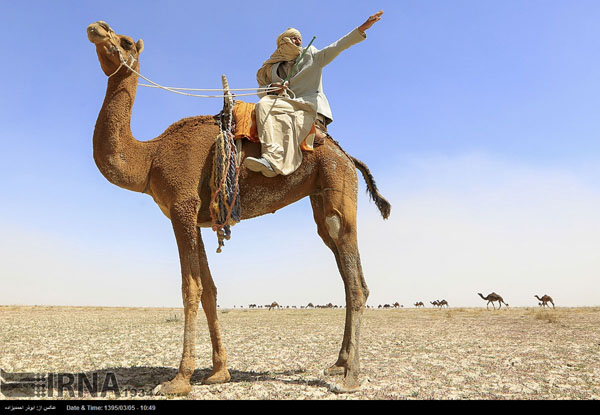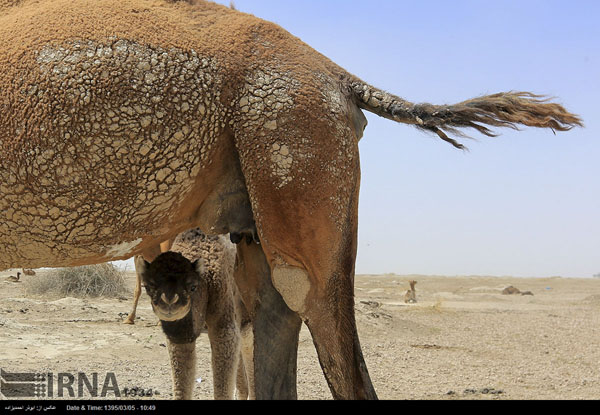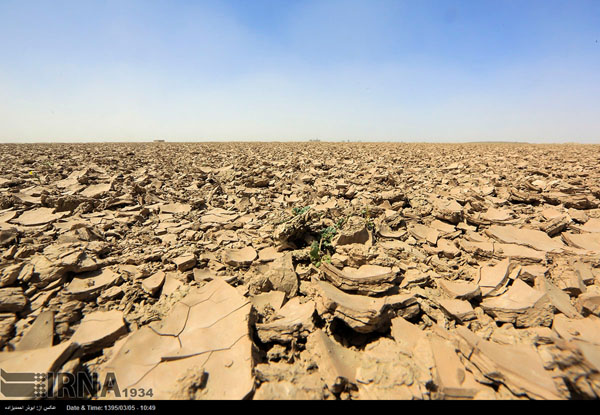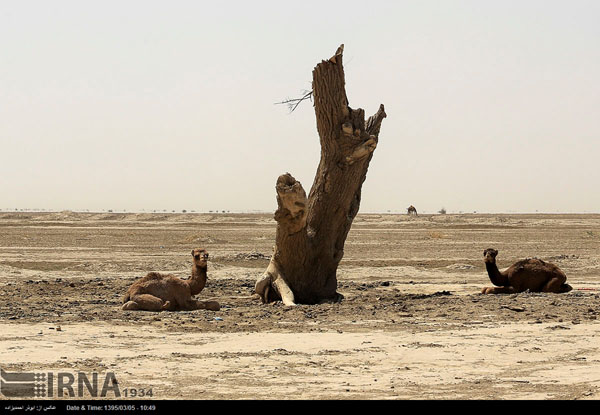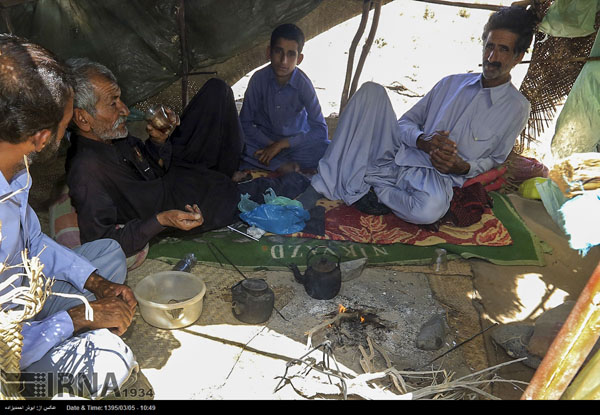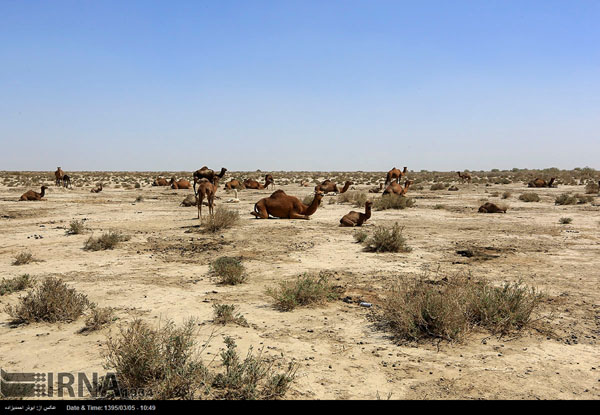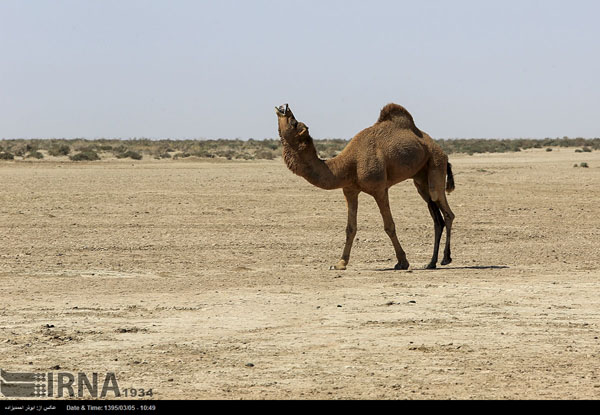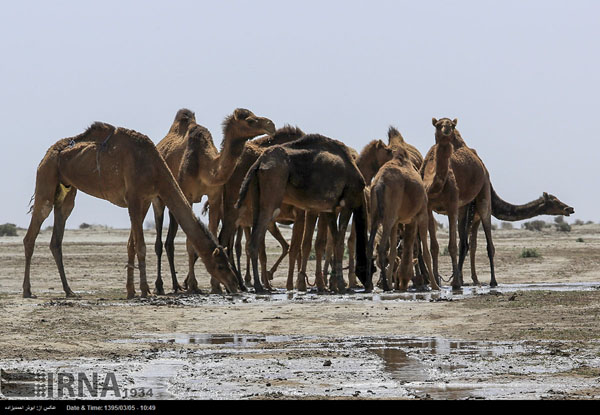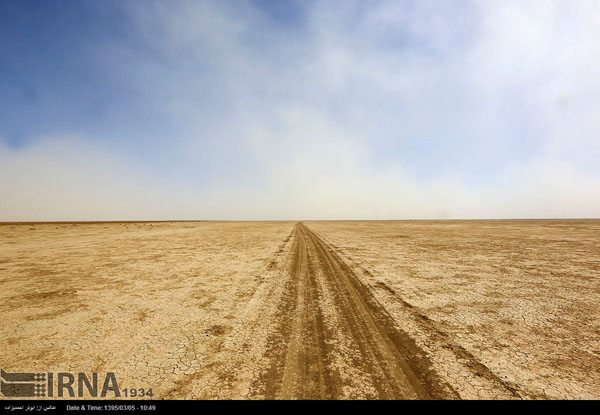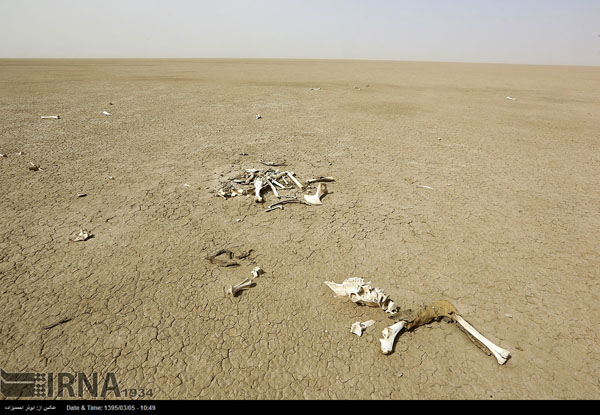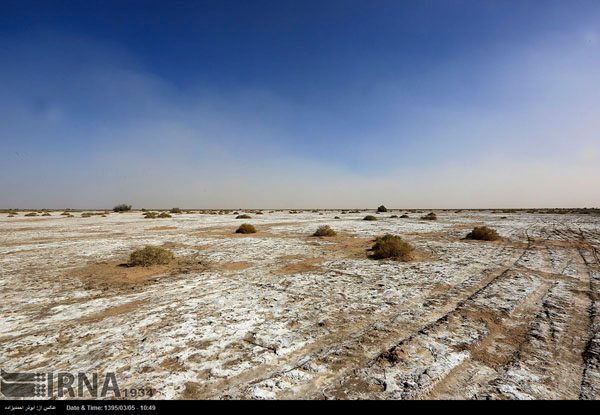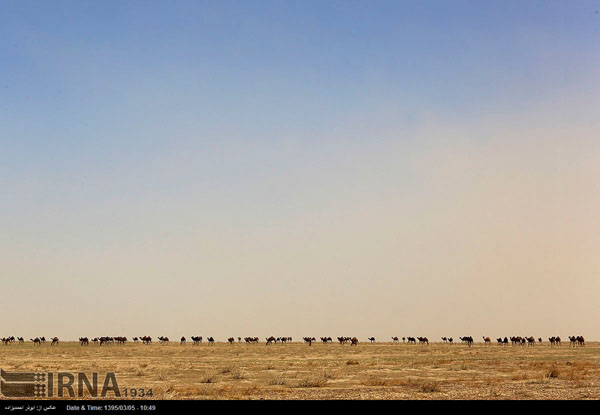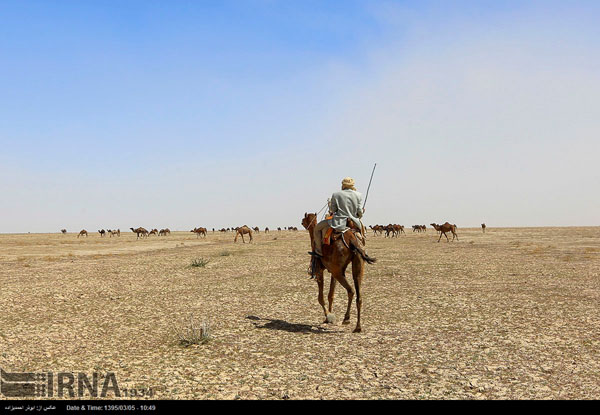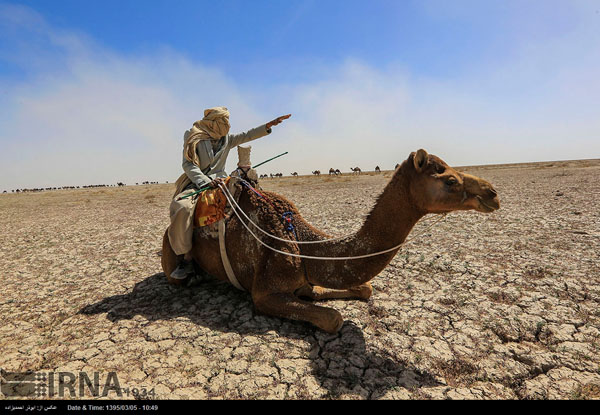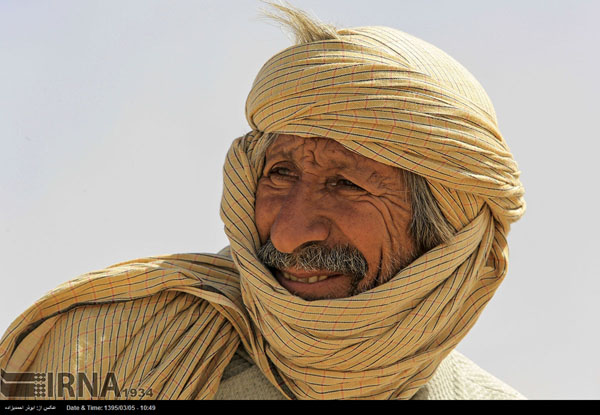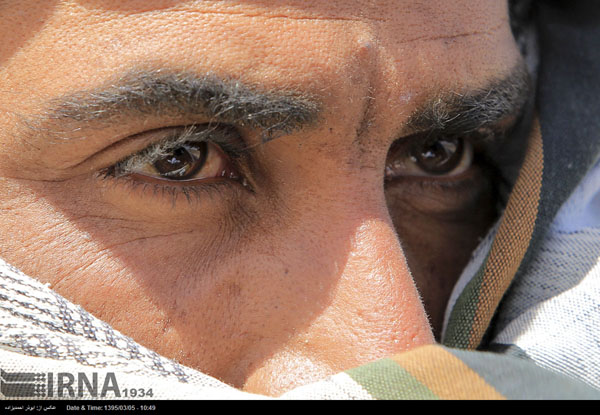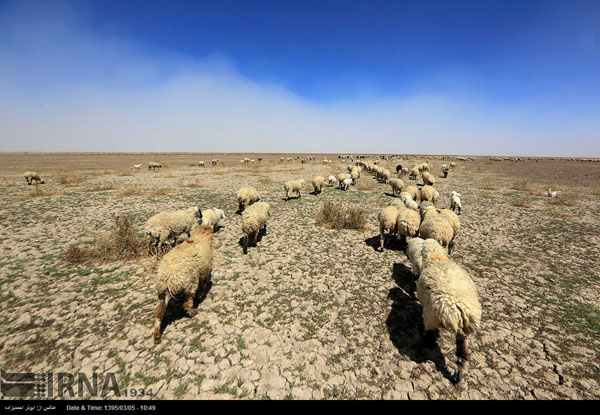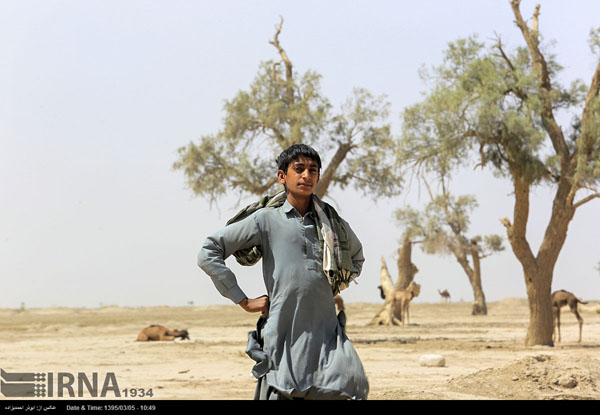It is the sole major water source in Kerman Province, but has been grappling with complete desertification in recent years. Besides taking a toll on the livelihood of local communities that depend on the wetland, the drying up of Jazmourian has turned the lagoon into one of the 26 sources of dust storms in the province. The wetland is responsible for 25% of all the particulate matter in dust storms that originate in Iran, according to Massoumeh Ebtekar, the head of the Department of Environment.
Ebtekar wrote that “upgrading agricultural irrigation techniques and sealing illegal wells” are necessary to ensure the wetland’s water rights are upheld.
Stating that restoring Jazmourian “is a top government priority,” she said the ministries of energy and agriculture must join the effort to revive the wetland.
In local dialect ‘Jaz’ means ‘plants’ and ‘Mourian’ means ‘plenty’, thus its name means a land with plentiful flora. In its prime, the wetland hosted countless migratory birds and was home to numerous marine species. Today, in these photos from IRNA, it is clear to see the struggle faced by the local communities and the ecosystem itself.
Text a composite from Financial Tribune, IRNA and IFP. Images courtesy of IRNA.

